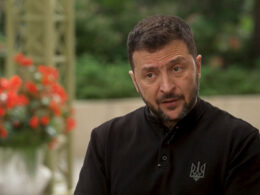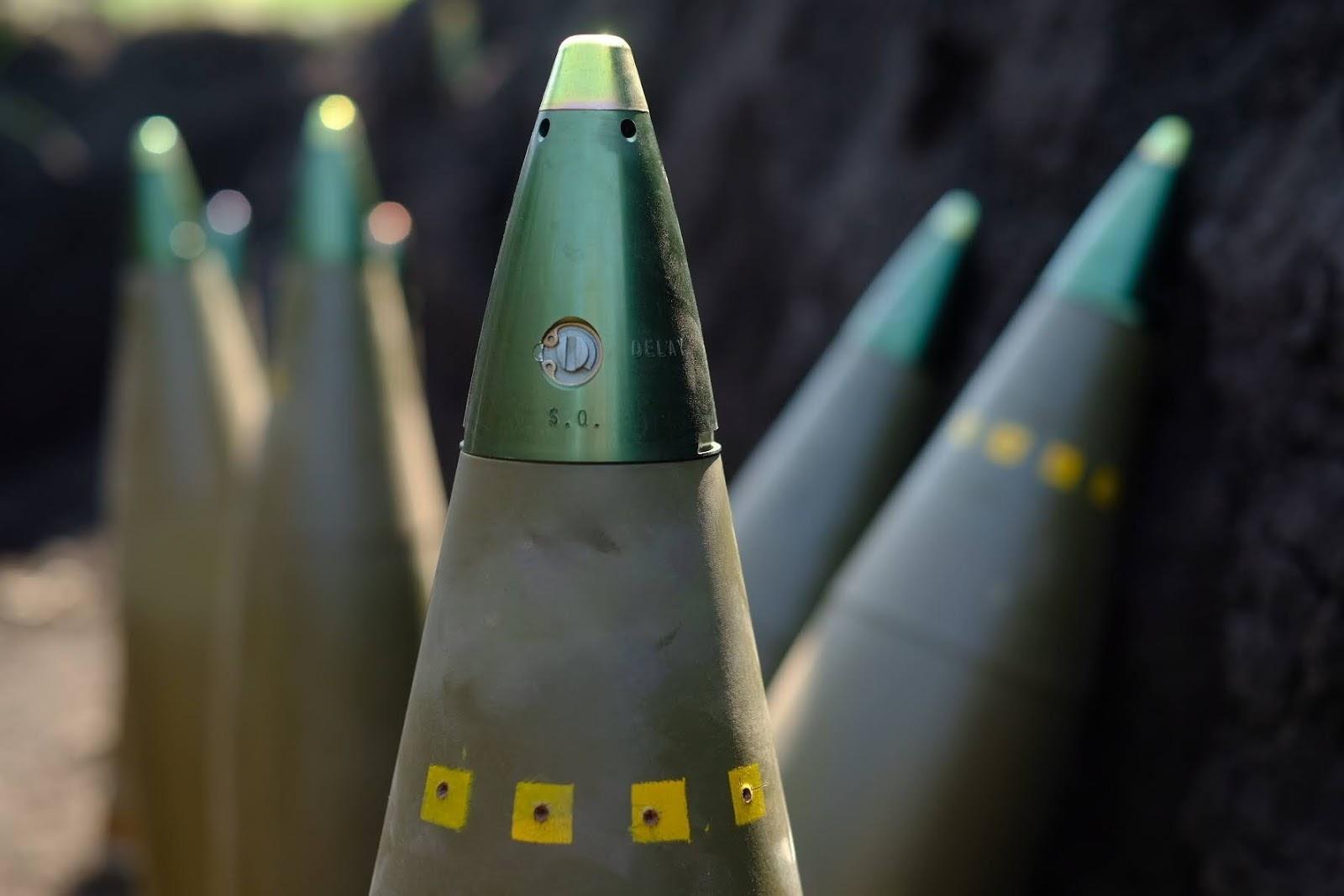Speaking to journalists in Japan, White House National Security Advisor Jake Sullivan explained that US President Joe Biden had lifted his long-standing objection to supplying Ukraine with F-16 fighter jets because he believes in equipping the country for a long-term fight against Russia, and because the F-16s were not on the list of Ukraine's first-need items.
"Now that we have delivered everything we said we were going to deliver so we put the Ukrainians in a position to make progress on the battlefield through the counteroffensive, we’ve reached a moment where it is time to look down the road and to say, 'What is Ukraine going to need as part of a future force to be able to deter and defend against Russian aggression as we go forward?'” Sullivan said, one day after the US signalled to allies it would allow the reexport of their American-made F16s to Ukraine.
He explained that the US approach to providing weapons to Ukraine followed the stages of the conflict: during the first phase, when Russians were bearing down on Kyiv, Ukraine needed Stingers and Javelin anti-tank weapons; during the "second phase" of a "ground fight in Donbas," the Ukrainians needed artillery and M777 144 ammunition; after that, Ukraine was in need of "what it needed to be able to launch a counteroffensive this summer" and so the US supplied Bradley IFVs, HIMARS and artillery ammunition.
The F-16s "are not part of the mix" of weapons that Ukraine needs to launch a counteroffensive, Sullivan said, and F16 capabilities were "not at the top of the list," Sullivan said.
He confirmed that the US will participate in a joint effort of Ukraine's allies to train Ukrainian pilots to use fourth-generation fighter jets, including F-16s.
"As the training unfolds in the coming months, we will work with our allies to determine when planes will be delivered, who will be delivering them, and how many," he clarified.
Biden's turn of mind follows months of the USA's rejection of Ukraine's pleas for F16, which led to a movement of a fighter jet coalition amid Ukraine's allies. According to Ukraine's Foreign Minister, the F16 hesitation was driven by the same reasons for Western hesitation on other advanced weapons: the fear of provoking Russia to escalate. However, according to the New York Times, the hefty price tag that comes with the planes was also part of the reason for the hesitation.
Just three days ago, Politico reported that the USA was resisting the European push to create a fighter jet coalition for Ukraine, and on 17 May, the Dutch Foreign Minister said there was no progress on creating the coalition, with the main problem being where the jets could be sourced: it was believed that only the USA had stocks sufficient for Ukraine's needs. One possible solution was for the USA would allow allies to reexport their F-16s to Ukraine, and yesterday, it was reported that America signaled
to allies it would not object to this.
Currently, the UK, The Netherlands, France, Belgium, Portugal, Denmark, and the USA have said they are ready to train Ukrainian pilots on F16s.
Biden's reluctance to give the jets a green light had come under the scrutiny of Congress and in March, he faced bipartisan pressure to supply the F16s.
Although some NATO allies believed it would take years to train Ukrainian pilots to use the F16s, an American assessment of Ukrainian fighter pilots has revealed they would be ready to fly F-16 jets after fewer than six months of training.
Earlier, F16 legend Dan Hampton had offered a solution to circumvent the time it would take to train Ukrainian pilots to fly the F-16s. He suggested that Western private pilots be allowed to pilot F-16s in Ukraine, and he even offered to defend Ukrainian skies personally.
“Deadliest” F-16 pilot offers solution to Ukraine’s jet problem





